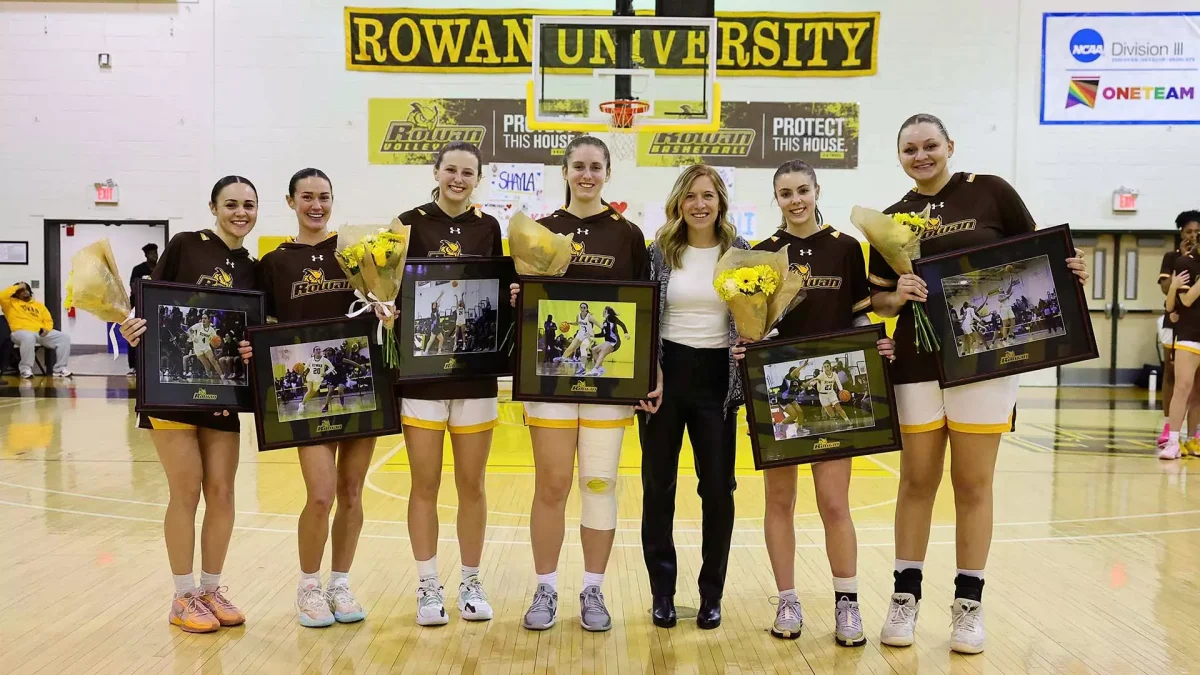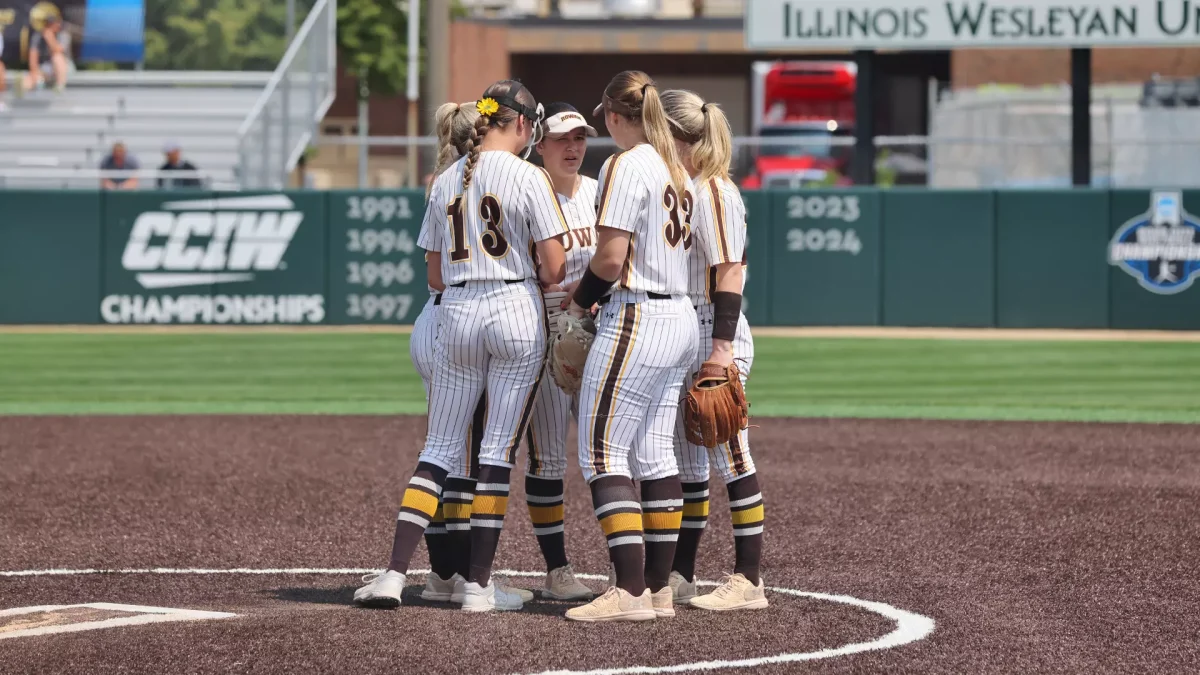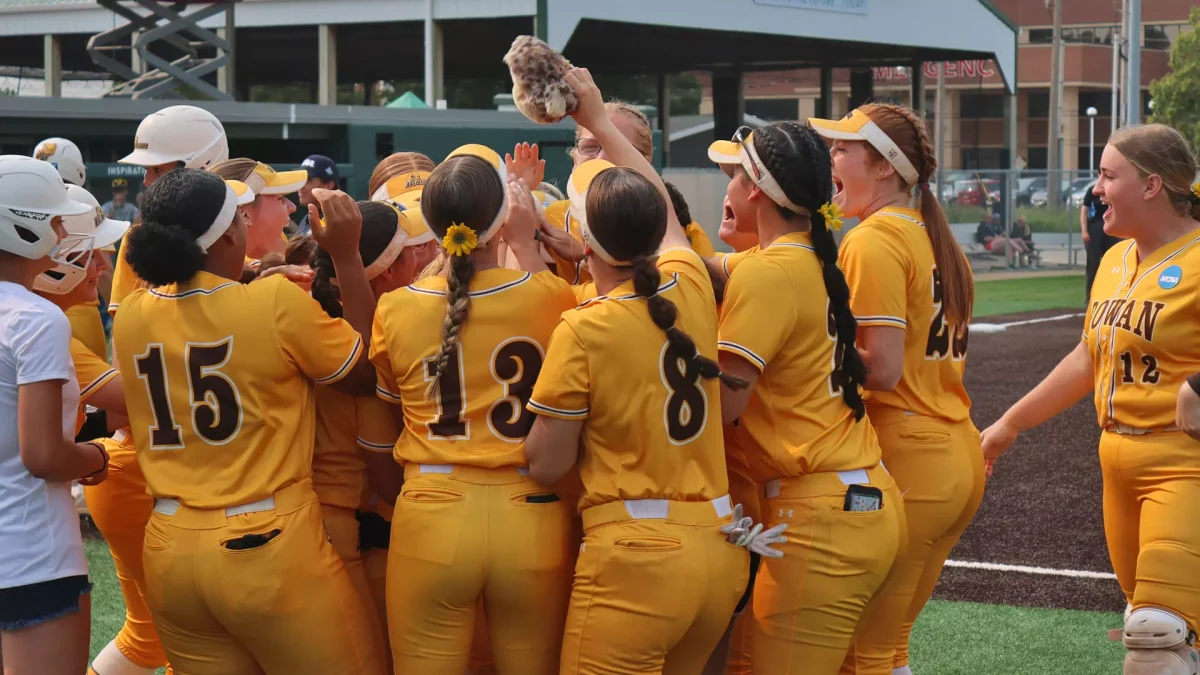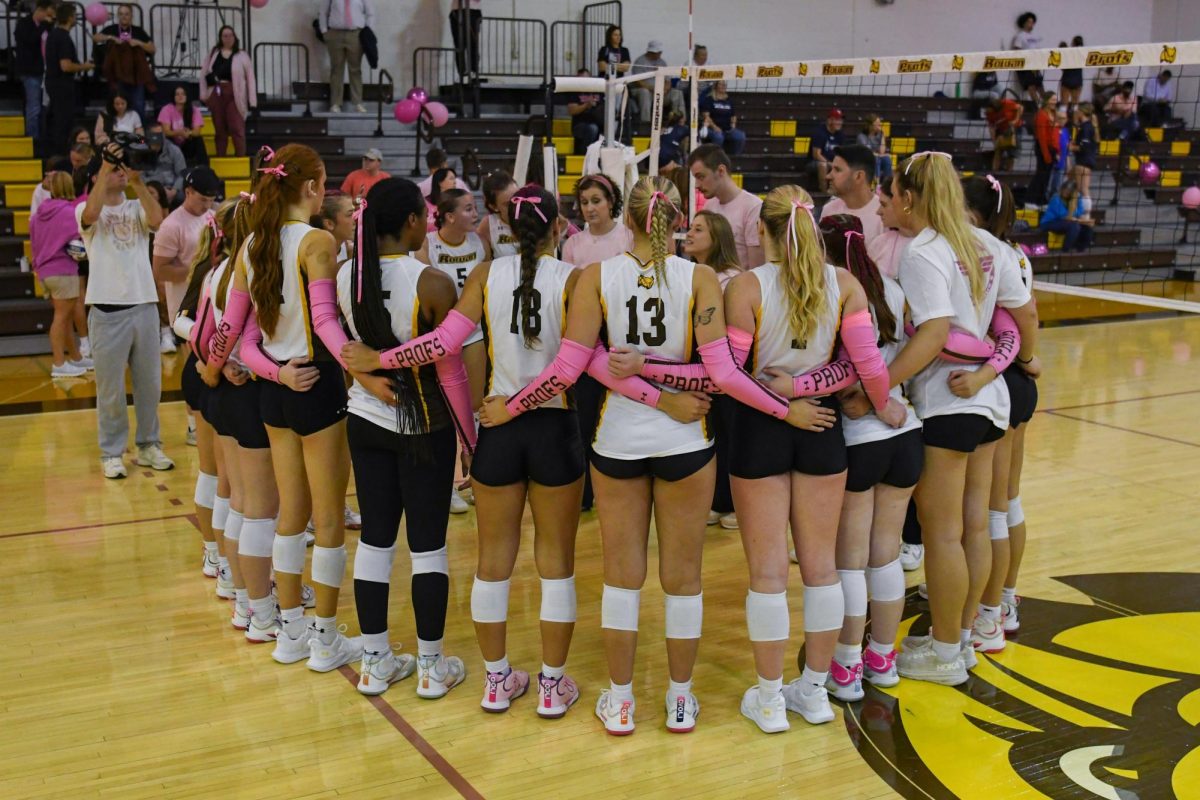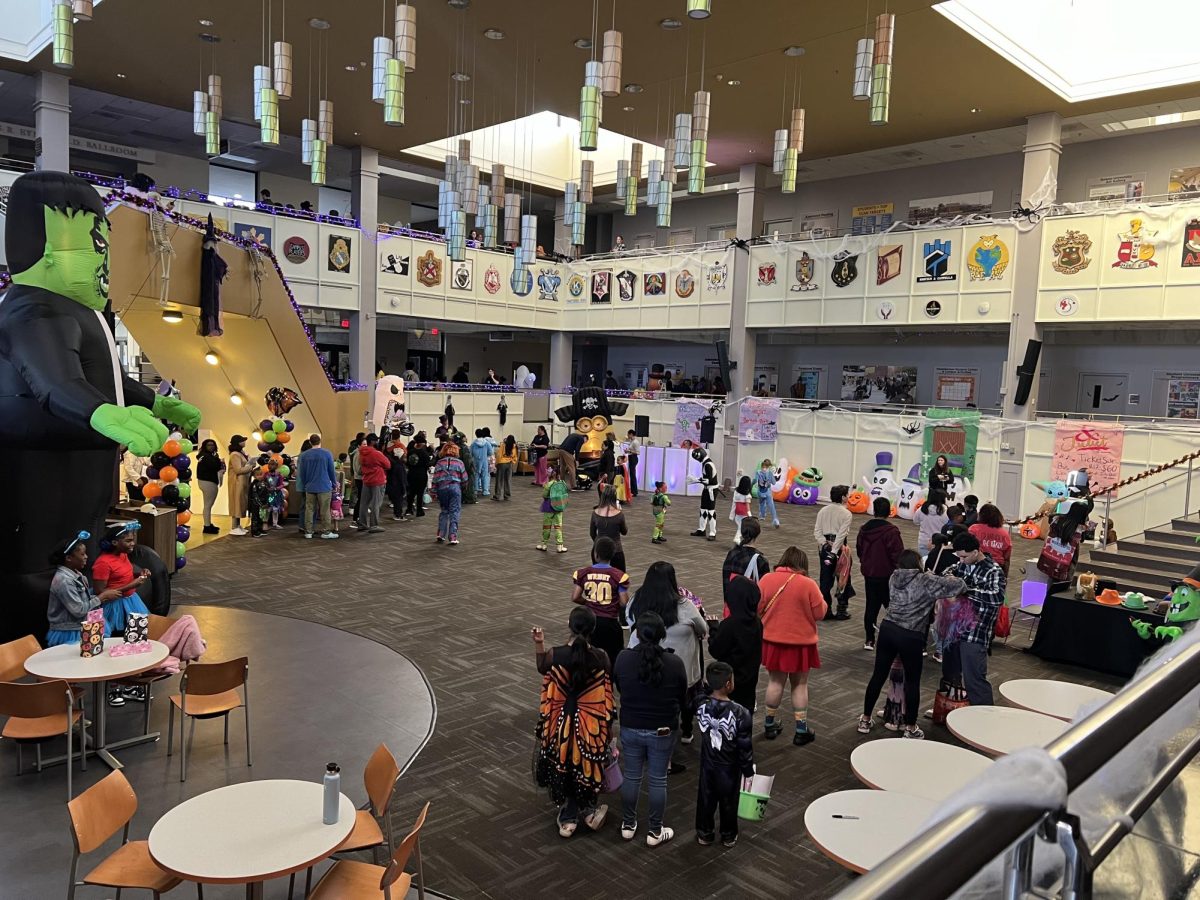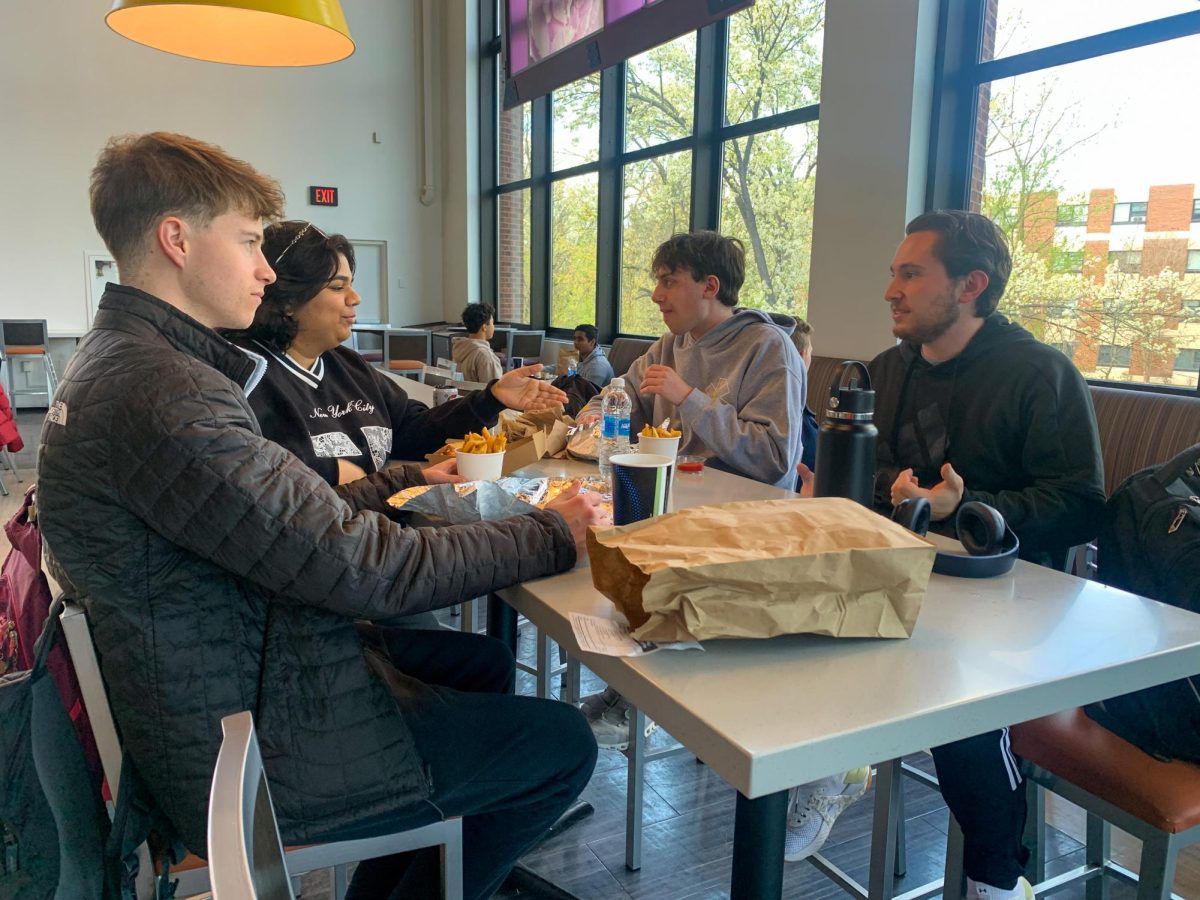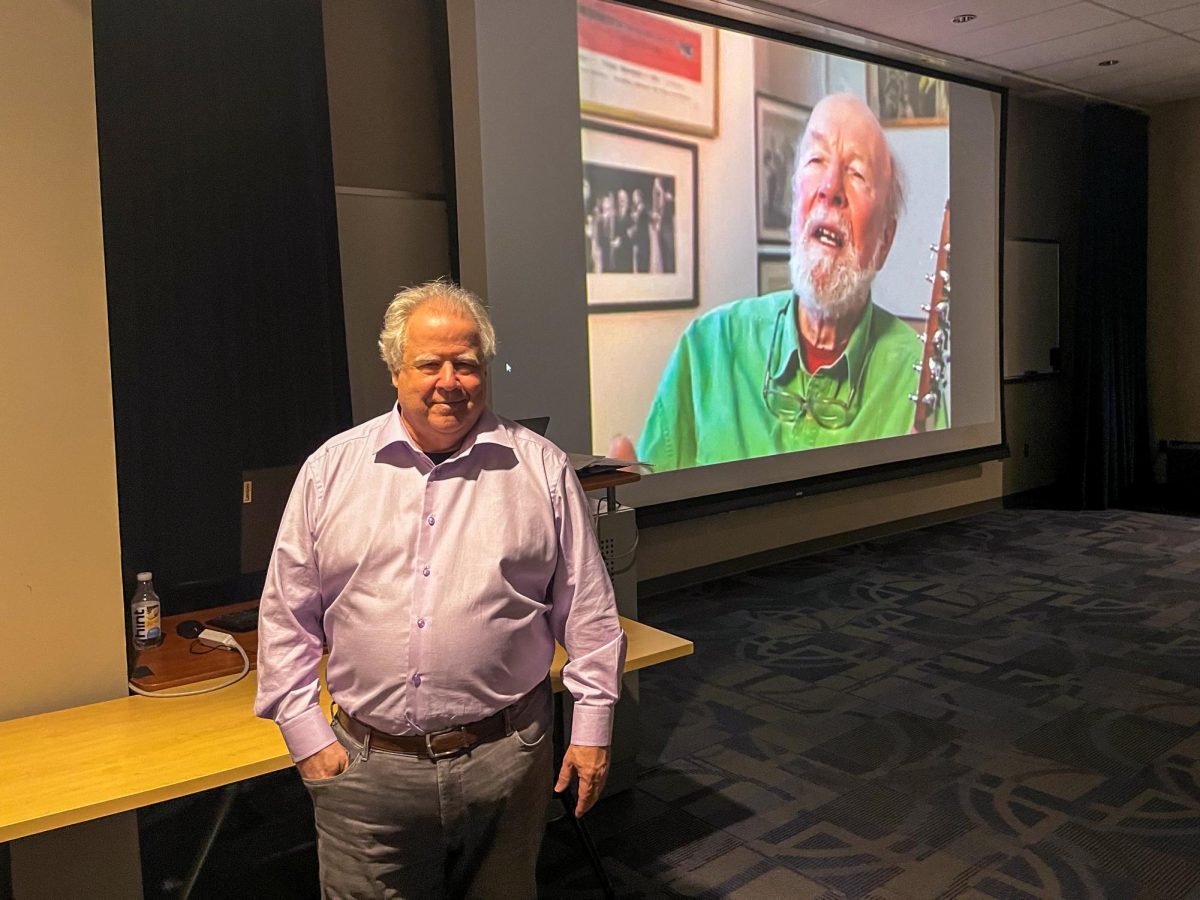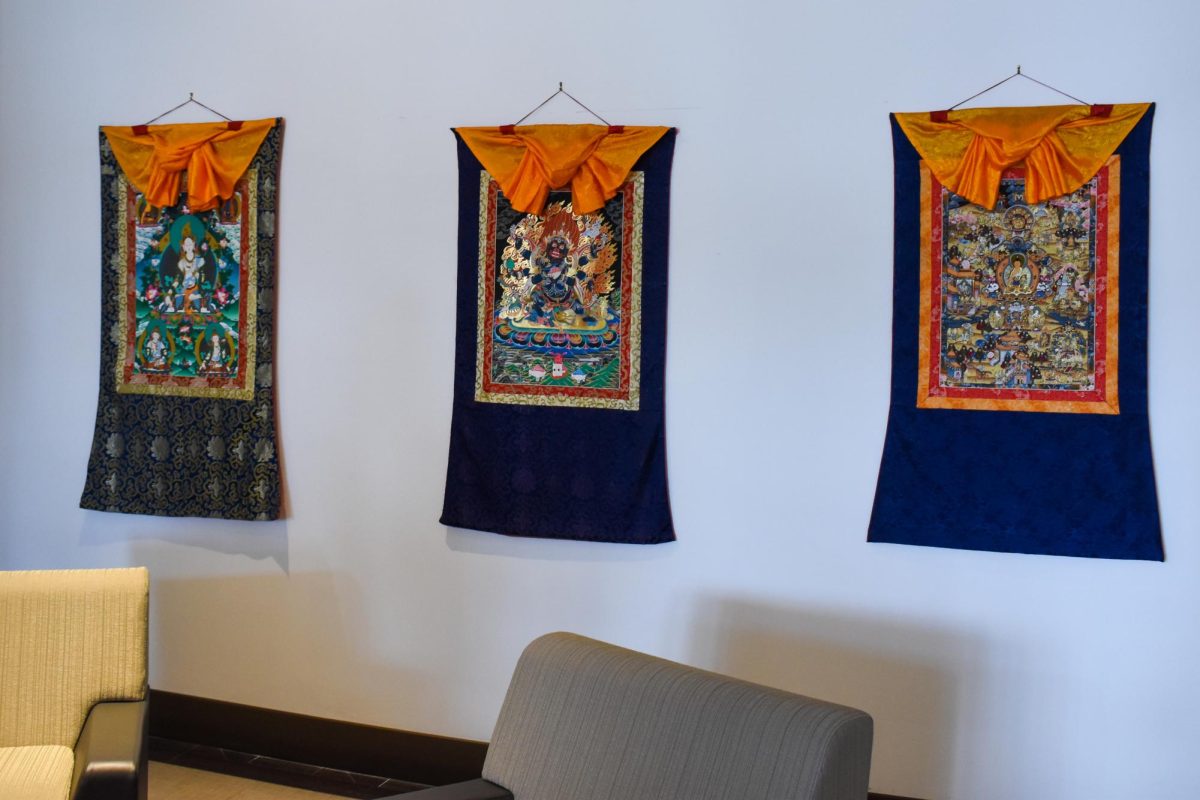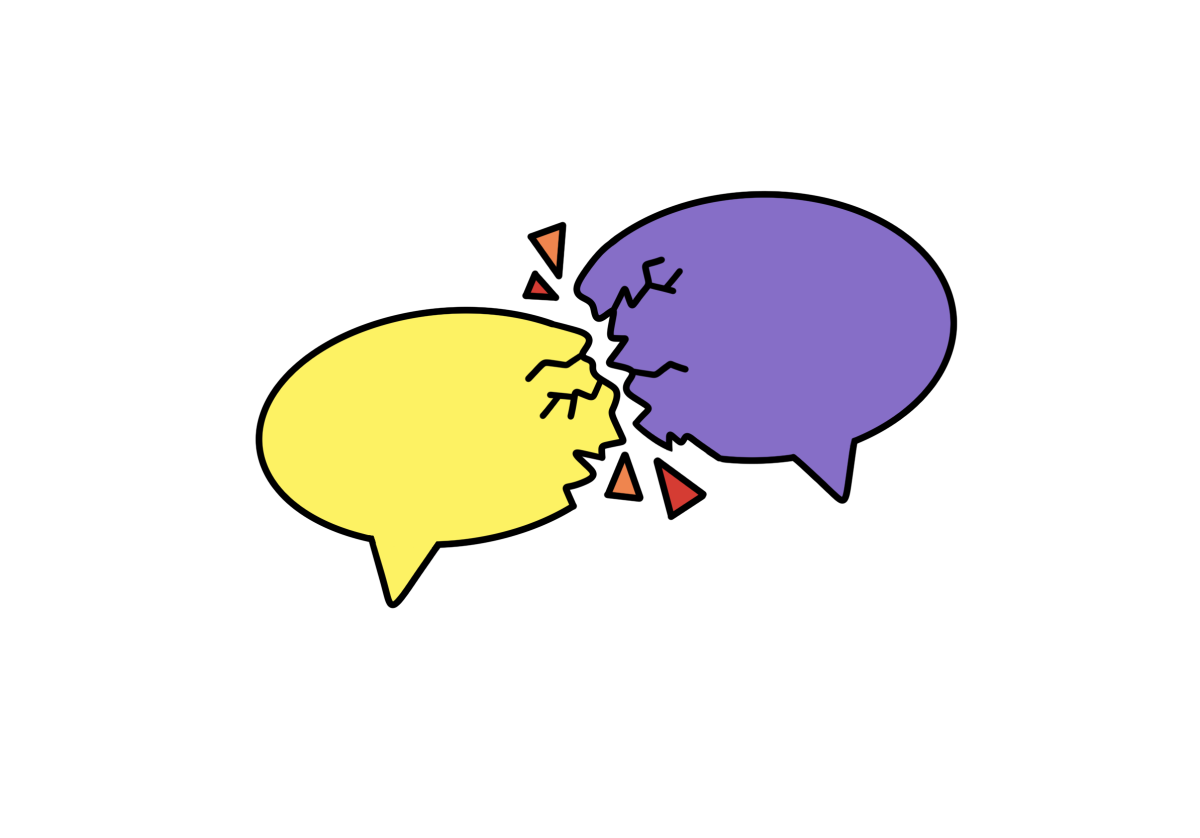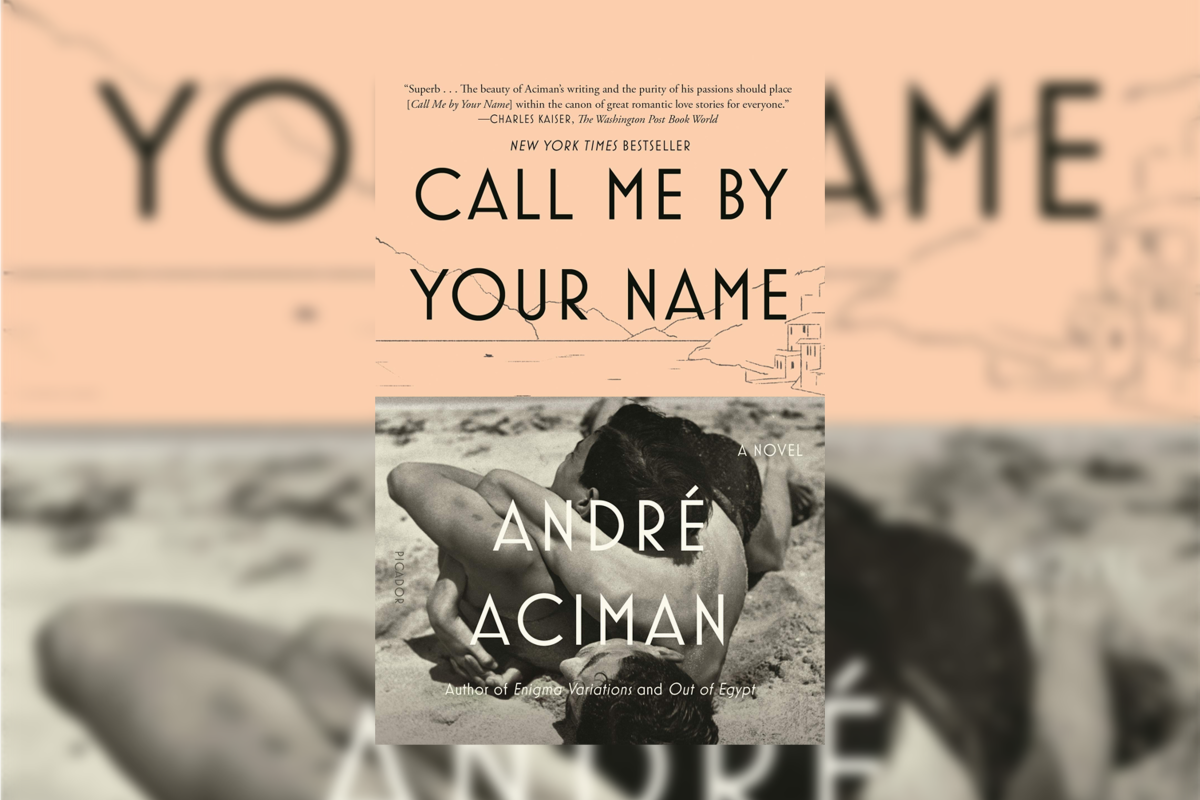The holiday season is once again upon us, and with it comes holiday light shows, music being force-fed to you, and the hustle and bustle of scrambling to get satisfactory gifts for those you care about. Ever since Thanksgiving weekend, stores have been presenting and offering vast amounts of sales and coupons, hoping to appeal to your pockets. But in the process of constantly looking at and checking off items on each other’s Christmas lists, it is becoming more evident that we have become quantity over quality shoppers, especially when it comes to the holidays.
Nowadays, we equate the number of items gift-wrapped and placed under the tree to the amount of care and affection we have for one another. That ideology has led to overconsumption and waste while replacing the authenticity and thoughtfulness of gift-giving. I can’t help but think that there must be a more intentional way of showing appreciation and care for your loved ones during the holiday season.
Before I get too far ahead of myself, I must say that I am part of the problem. I tend to splurge and try to get every item on a Christmas list that is sent to me. And it is not because of the reasons I listed earlier, or any lack of authenticity and thoughtfulness, it is just simply who I am. If I care about you I tend to overcompensate and try to just bombard you with any gifts or things that I think you would like. It’s a flawed mindset and it has admittedly cost me more than I ever want to calculate, but it’s just how I’ve always been.
The quantity over quality mindset may not sound so bad until you see the effect it is having on us financially, as well as the environment.
This year, the average shopper is anticipated to spend over $1,600, as a result of the combination of gifts, travel, and any entertainment events this holiday season. If this holds up (which there is no reason it wouldn’t), it would mark a 7% increase from the previous year. Americans in particular spend just over a week’s salary on gifts every holiday season.
The consequences of overconsumption go beyond making our pockets hurt, as the environmental effects that our splurging tendencies, and then consequently our wastefulness have on the ecosystem is quite alarming. In 2004, the Environmental Protection Agency (EPA) came out with a report, that showed that Americans generate about 25% more trash between Thanksgiving and New Year’s, which equates to about 25 million more tons of waste. That number has almost certainly stayed the same, if not risen in the 2 decades since this data was collected. Wrapping paper alone accounts for the equivalent of 30 million trees, almost 40,000 miles worth of ribbon is thrown away each year, and the packaging makes up for 30 percent of America’s trash during this time period. You can bet that a healthy amount of this trash comes from gifts we don’t necessarily need, packaging, and the aforementioned wrapping paper.
The quality over quantity ideology is quite the opposite of needless spending. It’s more focused on the intention behind the buying and choosing of gifts. This can, for college students especially, become a strong root of stress due to a low or lack of income. However, small gifts that you may not necessarily think of (like photo albums and scrapbooks, DIY projects, handwritten letters, etc.) due to the lack of a hefty price are usually the most sentimental and appreciated gifts.
There is something more meaningful about picking and choosing what you get your loved one, rather than just looking at the Christmas list as a to-do list and tossing the meaning behind the gift out the window once you’ve finished doing what you have to do. It is important to remember this holiday season that the value of a relationship isn’t based on the price check of the gift you’ve gotten them, but rather the process of taking the time out to create a meaningful memory showcases the true value of a relationship.
For comments/questions about this story DM us on Instagram @thewhitatrowan or email [email protected]
















































